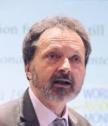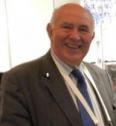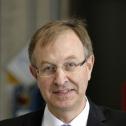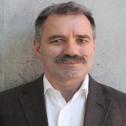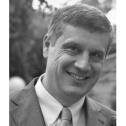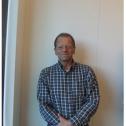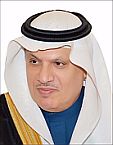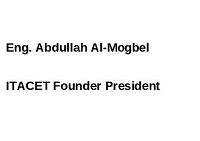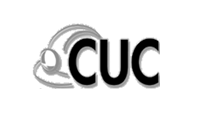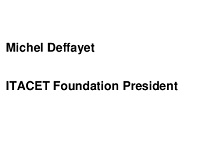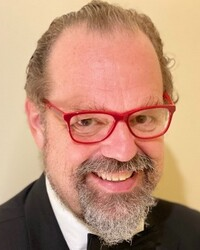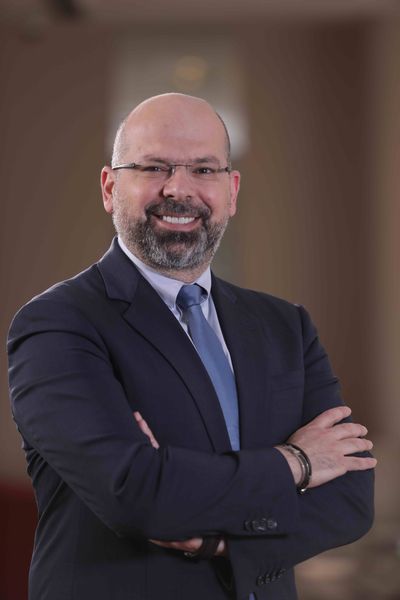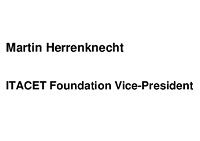
Over the years, the short course organized by the ITACET Foundation within the scope of the annual World Tunnel Congress has become a tradition, providing young underground engineers with the chance to benefit from the knowledge and experience of some of the most respected experts within the International Tunnelling Association. This year saw the 9th such course take place in Dubai on 21st and 22nd April 2018.
At the request of the WTC host nation, and in collaboration with the United Arab Emirates Society of Engineers (SoE), this year's course focussed on “The Main Opportunities and Technical Issues in Tunnelling”. The first day of the course provided an introduction to the basics of tunnelling, presenting the advantages and disadvantages of underground space use, especially in urban areas. The United Nations estimates that by 2050, around 70% of all people will live in cities and managing urban areas has therefore become one of the most important development challenges of the 21st century. Providing housing, public transportation, electricity, water and sanitation for densely settled urban populations will become ever more complex and require urban planners to increasingly exploit underground space. Sustainability has become a key issue in urban development and the use of the underground can not only limit environmental impacts on the surface, but also foster economic growth and meet growing societal needs. During the opening lecture, Tarcisio Celestino, the ITA President, notably encouraged the participants to reflect on the financial, environmental and health costs to society of not going underground, whilst ITACUS chair and vice chair, Han Admiraal and Antonia Cornaro, presented numerous examples of successful underground solutions and opportunities missed from around the world.
The key stakeholders in the design, construction and operation of such solutions were presented by WG 3 Animateur, Matthias Neuenschwande, whilst ITA Executive Council member Felix Amberg explained the key planning and design issues. The highlight of the first day though, was without doubt the unconventional, yet highly entertaining presentation on legal and compensation issues presented by Arnold Dix (ITA Executive Council), who stressed that there is "no one size fits all" legal system. He encouraged the attendees to get to know the culture of the countries in which they will be working, the subtleties of which often need to be mastered in order to fully understand the "whys and the wherefores" of legal systems.
Dr. Donald Lamont, Animateur of ITA Working Group 5, stressed the importance of not overlooking health and safety aspects in underground works, whilst the environmental impacts of tunnel construction in urban areas were presented by Jan Rohde, the Animateur of ITA Working Group 15.
The second day of this event focused on more complex technical aspects related to tunnelling (ground investigations, main design parameters, different construction methods and their fields of application) and then moved on to look at underground structures for specific purposes (e.g. energy storage). In addition to further presentations given by some of the lecturers from the first day, lecturers on this second day included the ITA-CET chairman and vice chairman, Robert Galler and Michel Deffayet, Kazuhiko Imakura (WG 14), Daniele Peila (Politecnico di Torino), Dr Jeyatharan Kumarasamy (Singapore Land Transport Authority), Günther Volkmann, (ITAtech Member) and former ITA COSUF chairman, Roland Leucker.
Throughout the course, the participants were able to put their questions to the lecturers and many made the most of this opportunity to draw on the experience of the experts present. Informal lunches on both days gave the attendees the chance to mingle, get to know each other and question the lecturers further. Each attendee was given a certificate of participation at the end of the course.
Although the course was primarily aimed at young engineers from the gulf region (which is still relatively new to the tunnelling world), the participants came from 18 different nations around the globe and from various backgrounds. Whilst the turnout was not as large as had been hoped (35 partipants), few courses on offer can claim to attract such a diverse audience and feedback has been very positive.
The ITACET Foundation would like to thank the United Arab Emirates Society of Engineers for its warm welcome and hospitality and of course the lecturers for making time to take part in the course, which is not an easy task given the numerous Committee, Working Group and Executive Council meetings that take place during the WTC.
Please click here to see the programme
Below: Tarcisio Celestino, ITA President (left) and Eng. Mohammed Mashroom, President of the Society of Engineers UAE, (right) welcome the participants to the course.

ITA Lecturers




